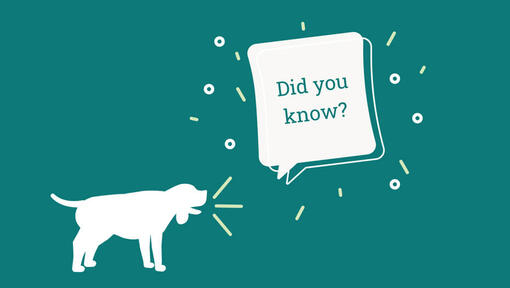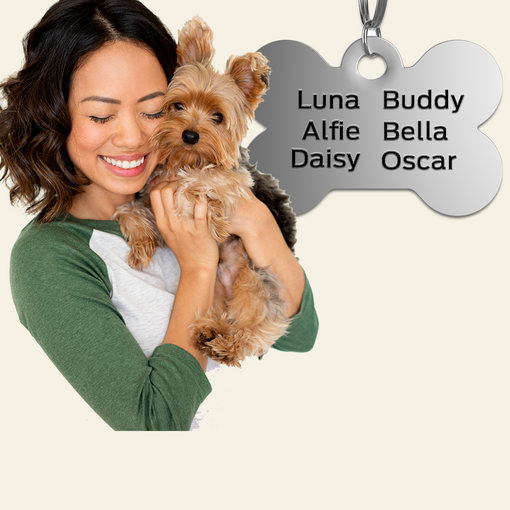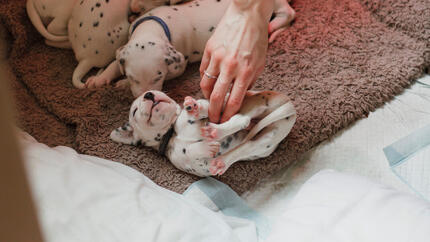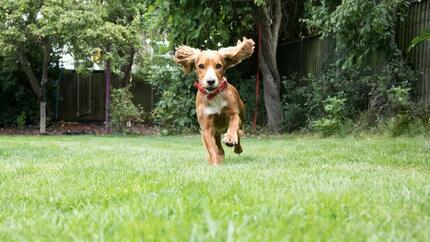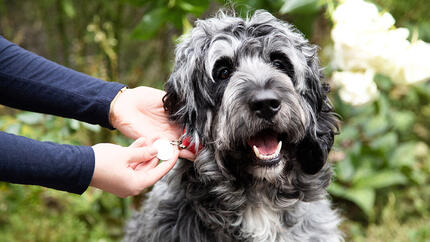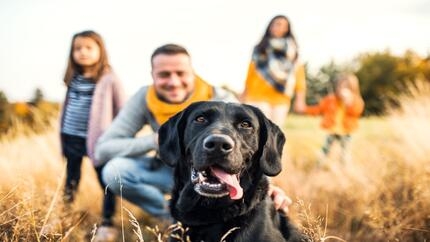
Both breeds are active, friendly, loving dogs who thrive on human companionship, wanting nothing more than to please their owners (except perhaps eat and jump in any water they can find!). They are ideal pets where there are children about and they get on well with other household animals. Both are very happy breeds, extremely affectionate, constantly wagging their tails and always on the go. They are easily trained, being eager to learn and to please and can turn their paw to just about anything. They are total foodies however (possibly more so the Labrador Retriever) which helps with their training but not their waistlines!
It’s clear from looking at the two breeds that make up the Goldador that this is an extremely active gundog who needs a lot of exercise and input and being highly social, needs to be a part of the family.







